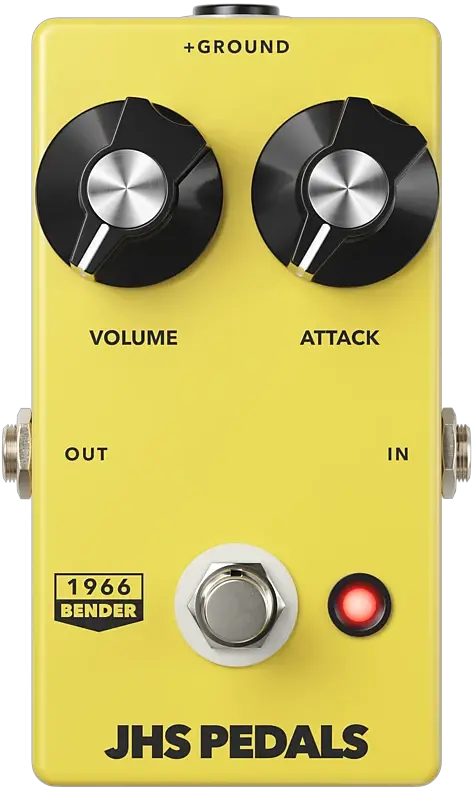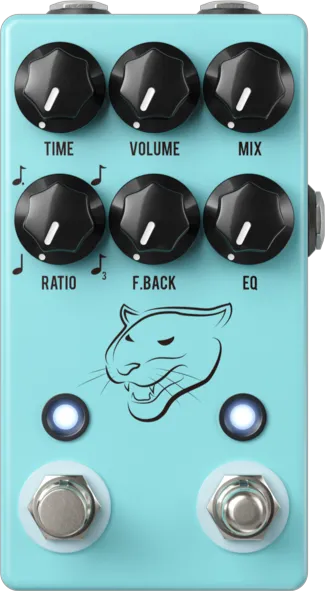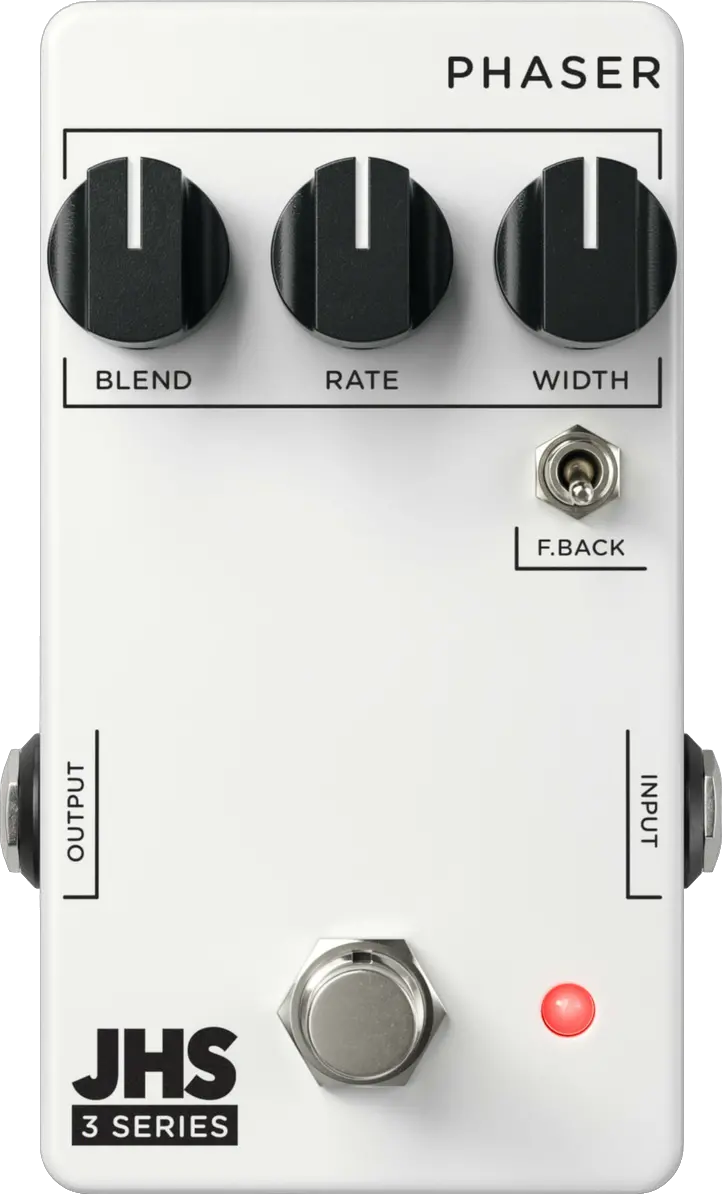1966 Series Bender

Description
In 1962 the worlds first manufactured guitar pedal was introduced in the Maestro Fuzz-Tone. Three years later in 1965, it made its way across the pond from the USA to the hands of a British engineer named Gary Hurst in London. The legend has it that he was asked by a London session player to modify the circuit for more bass and better sustain. After some tweaking, the Tonebender was born. The Tonebender MKI was a three transistor circuit as was the following MKII that came later in 1966. Decades after the Tonebenders heyday of the 1960s, a collector named Dennis Johannsen realized that his 60's era Tonebeder had only two transistors, not three. This discovery caused a puzzling situation because all Tonebender circuits through MKIV are a three transistor design. Through further investigation, it came to light in an interview with Gary Hurst that he did make a very small batch of two transistor Tonebenders in February and March of 1966. Dennis Johannsen named his discovery the MK1.5, and it is one of the rarest pedals ever produced, a collectors dream. The Arbiter Fuzz face that came in late 1966 is an almost direct clone as well as various other two-transistor fuzz circuits of the era. The MK1.5 is a true legend of guitar that almost went unnoticed to history. The sound of this fuzz is very aggressive, full of low end, and sustain. You may also notice a slight velcro-ish type decay as notes decay off in extreme settings. As with most classic fuzz pedals, it loves a dirty amp or overdrive afterward in the signal path. Staying true to the original, I used high-grade carbon composition resistors, oversized capacitors, and two germanium transistors that I hand-matched to the circuit. Each small batch of Benders will use different transistors as it is challenging to find reliable sources of these devices in large quantities. The circuit uses vintage positive ground voltage, so do not daisy chain your power with other pedals. Inside the pedal is a battery snap or use any isolated power supply with a normal polarity power cable like your other pedals as I have wired it internally to work that way. The Bender is identical to the original except that I adjusted the taper of the pots to feel more intuitive. I also added a single power supply filter capacitor to help with noise and adjusted one resistor value for more volume. The switching is true-bypass. Each pedal in this batch is built-in identical form, but because of parts tolerances and the slight variance in the transistors, they will all be a bit different while still being the same. Be sure to always have this pedal first in your signal chain; the guitar must be plugged into its input due to the impedance it requires on its input, no exceptions.



